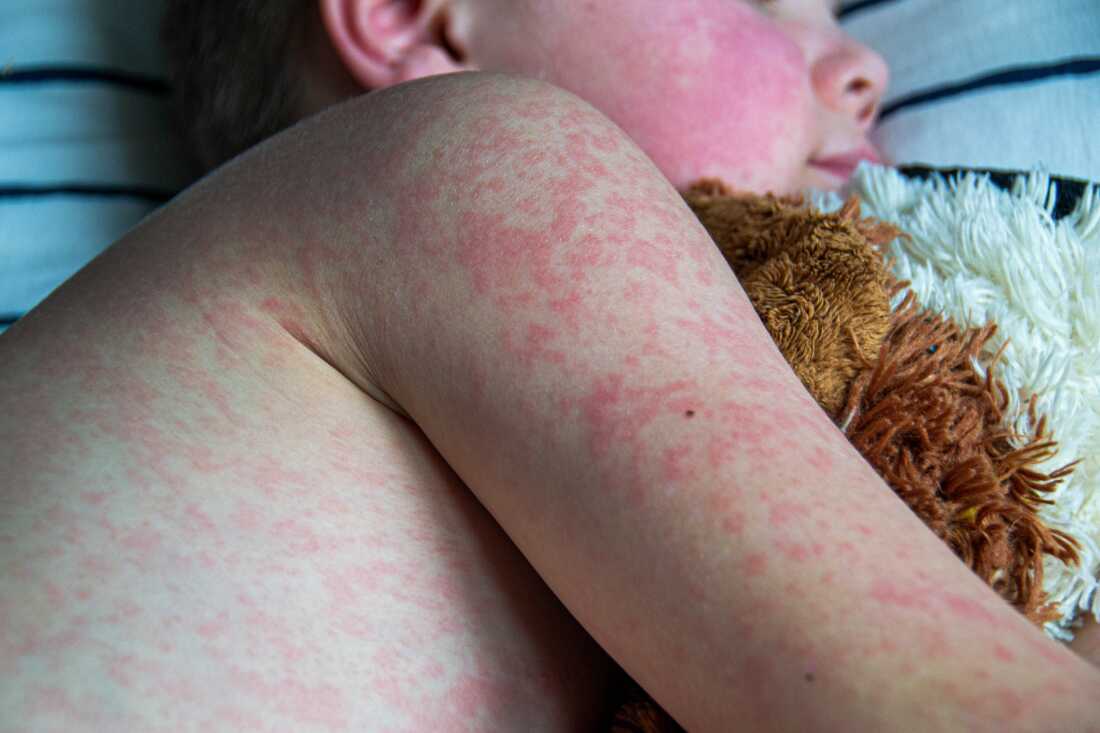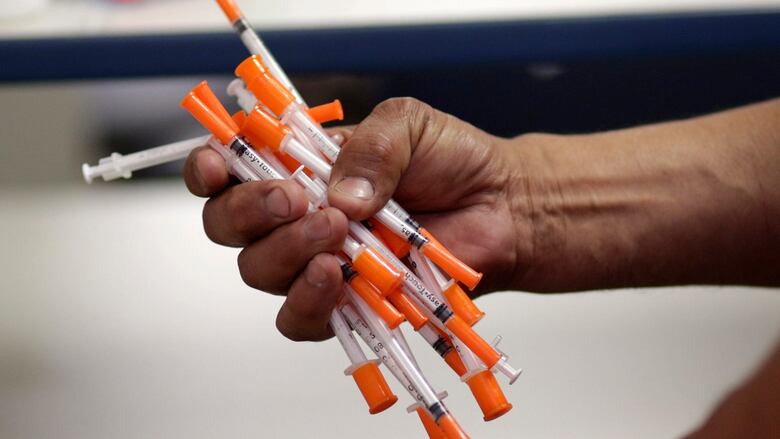Rising Cases Across Canada
Measles cases are climbing across multiple provinces, with more infections reported in early 2025 than throughout all of last year.
Public health officials are issuing detailed exposure alerts, outlining exactly where and when an infected person was before their diagnosis. Reports pinpoint the precise hours spent in airports, timeframes for ER visits, and even how long someone dined at a restaurant before unknowingly spreading the virus.
These alerts raise two key questions: Why are cases going undetected for so long? And why provide such detailed location data?
The answers lie in measles’ extreme contagiousness and the critical role of vaccination in stopping outbreaks.
“What those alerts are doing is making people aware so they can protect others and monitor for symptoms,” said Caroline Colijn, an infectious disease expert at Simon Fraser University.
Last month, Colijn co-authored a measles transmission model to determine how quickly the virus spreads in a community and the vaccination threshold needed to prevent outbreaks.
“Because measles is so incredibly infectious, even if 80% of a community is vaccinated, it can still spread rapidly,” she explained. “The target is to have 95% of people immune—either through vaccination or prior infection.”
However, vaccination rates have been declining in Canada, making outbreaks more likely—especially since early measles symptoms can go unnoticed.
An Extremely Contagious and Resilient Virus
Measles spreads through the air when an infected person talks, coughs, or sneezes, meaning even a brief encounter in the same space can be enough to infect someone who isn’t immune.
If exposed, 90% of unvaccinated people will contract the virus.
Adding to the danger, the virus can linger on surfaces and in the air for two hours after an infected person leaves.
This explains how a single case can trigger an outbreak. On average, one infected person spreads measles to 12 to 18 others. If each of those new cases infects 15 more, the numbers skyrocket:
- One person infects 15 others
- 15 cases turn into 225
- 225 cases become 3,375
Since early symptoms mimic common respiratory illnesses like the flu, many people don’t realize they have measles until days after they’ve already spread it.
The ‘3 C’s’ of Early Measles Symptoms
For those exposed, symptoms typically appear 10 days later, starting with:
- Cough
- Coryza (runny nose and nasal inflammation)
- Conjunctivitis (red, irritated eyes)
“These symptoms are almost identical to the flu,” said Dr. Mark Kirchhof, president-elect of the Canadian Dermatology Association. “That makes measles easy to mistake for something else.”
As a result, infected individuals often continue normal activities, unknowingly exposing classmates, coworkers, and family members.
This is why health officials urge unvaccinated people with cold symptoms to call ahead before visiting a clinic—allowing staff to take infection control measures before they arrive.
Recognizing the Measles Rash
As cases rose in 2023, the Canadian Dermatology Association ramped up efforts to help doctors recognize the measles rash—something many physicians have never seen in person due to vaccination success in previous decades.
Key signs include:
- Koplik spots (tiny white dots inside the cheeks) appearing 2-3 days after symptoms start
- A red rash starting on the face, spreading downward to the neck, arms, and legs a few days later
“The rash is made up of small red spots, some of which may feel raised, while others are flat,” Kirchhof said. “They can also merge into larger red patches across the body.”
Doctors note that on darker skin tones, the rash may appear less bright but is still a key sign of measles.
Because of the delayed symptom timeline, many people unknowingly visit public places for days before realizing they are infected—fueling further spread.
Serious Complications and No Cure
While measles initially attacks the respiratory system, it can lead to severe complications such as ear infections, pneumonia, and brain inflammation (encephalitis).
Roughly one to three out of every 1,000 infected children die from these complications.
“There’s no specific treatment for measles,” Kirchhof said. “Once infected, it just has to run its course.”
The Role of Vaccination in Outbreak Prevention
The best protection against measles is vaccination—but immunization rates in Canada have been declining, increasing the risk of outbreaks.
Before the MMR vaccine (measles, mumps, rubella) became widely available in the 1970s, tens of thousands of measles cases occurred annually.
Now, falling childhood vaccination rates and international travel reintroducing the virus have fueled new outbreaks.
A Preventable Tragedy
Dr. Sarah Khan, an infectious disease specialist at McMaster University, was part of the team that treated an unvaccinated child who died from measles in Hamilton last year.
“It’s devastating to see a vaccine-preventable disease result in a fatality,” she said.
Given how fast measles spreads, every case requires immediate action—especially when infants or pregnant individuals are exposed.
In some cases, immune globulin therapy can be given to high-risk individuals shortly after exposure to reduce the chance of severe illness.
“It takes early recognition, rapid response, and coordinated efforts to contain even a single case of measles,” Khan said.







